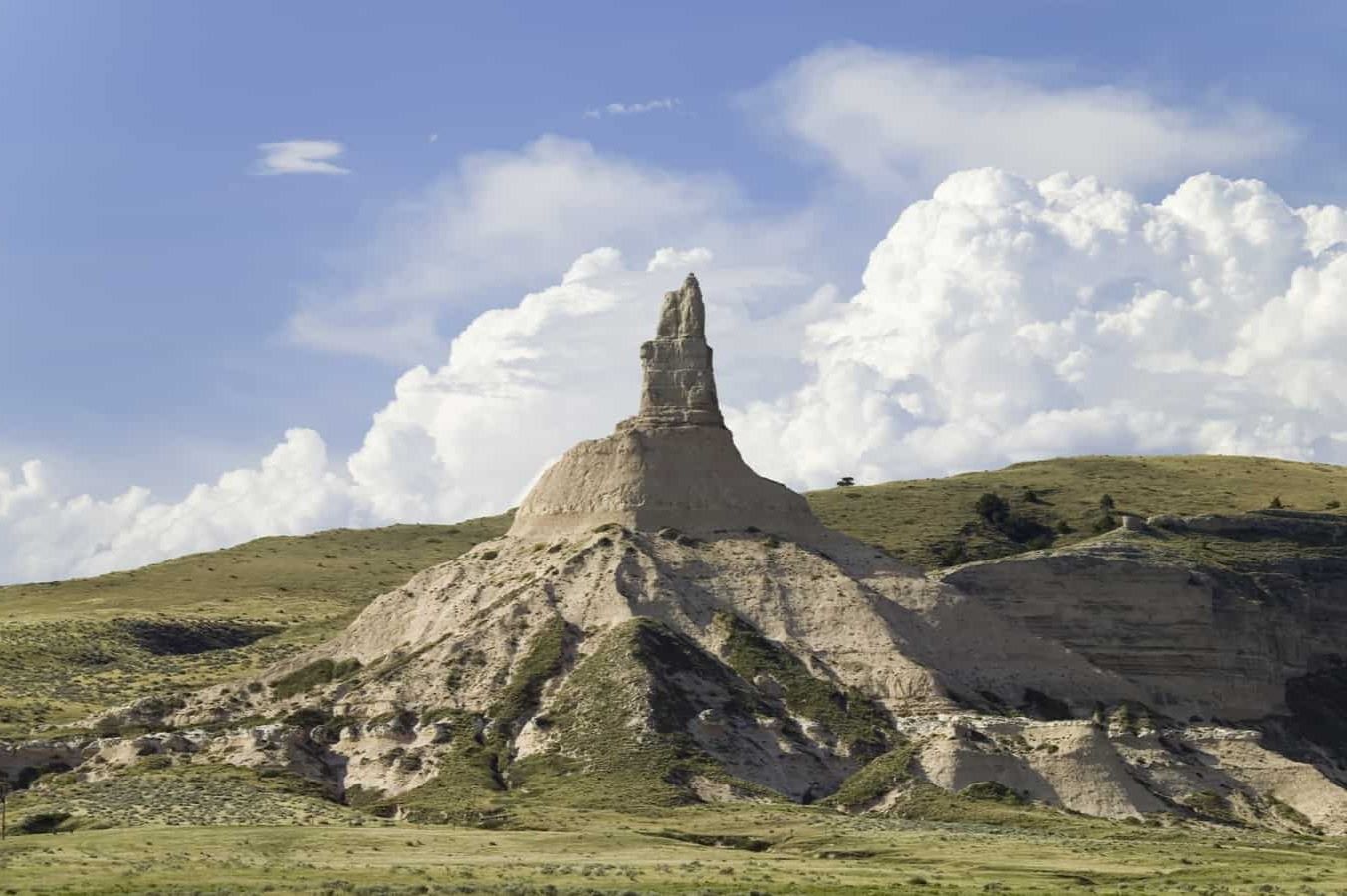Hidden Forts Of The Oregon Trail

Ever wondered about the hidden gems along the Oregon Trail? Many travelers know about the famous landmarks, but fewer are aware of the hidden forts that played crucial roles in the journey westward. These forts provided shelter, supplies, and safety for pioneers facing harsh conditions. From Fort Laramie to Fort Hall, each location has its own unique story and significance. Whether you're a history buff or just love a good adventure, exploring these lesser-known spots can offer a deeper understanding of the challenges and triumphs faced by early settlers. Ready to uncover the secrets of the Oregon Trail's hidden forts? Let's get started!
Hidden Forts of the Oregon Trail
The Oregon Trail, a historic route stretching from Missouri to Oregon, is dotted with hidden forts that tell tales of adventure, hardship, and survival. These forts, often overlooked, offer a glimpse into the past and the lives of those who traveled this iconic path.
Forts Worth Exploring
While many travelers focus on the well-known landmarks, several lesser-known forts along the Oregon Trail deserve attention. These hidden gems provide a unique perspective on the journey westward.
Fort Kearny
Located in Nebraska, Fort Kearny served as a key supply post for pioneers. Established in 1848, it offered protection and resources for those heading west. Today, visitors can explore reconstructed buildings and learn about the fort's history through interactive exhibits.Fort Laramie
Situated in Wyoming, Fort Laramie played a crucial role in the westward expansion. Originally a fur trading post, it became a military outpost in 1849. The fort's well-preserved structures and museum provide insight into the lives of soldiers and settlers.Fort Bridger
In southwestern Wyoming, Fort Bridger was established by mountain man Jim Bridger in 1843. It served as a vital resupply point for travelers. The site now features reconstructed buildings and artifacts that showcase its significance on the trail.
Lesser-Known Forts with Rich Histories
Beyond the more famous forts, several lesser-known sites offer rich histories and fascinating stories. These forts may not be as well-known, but they played important roles in the journey west.
Fort Hall
Located in Idaho, Fort Hall was a major trading post for fur trappers and later became a key stop for emigrants. Established in 1834, it provided supplies and rest for weary travelers. The site now includes interpretive signs and exhibits detailing its history.Fort Boise
Near present-day Boise, Idaho, Fort Boise was built in 1834 by the Hudson's Bay Company. It served as a trading post and later a military fort. Visitors can explore the remnants of the fort and learn about its role in the Oregon Trail.Fort Vancouver
In Washington, Fort Vancouver was a bustling hub for fur trading and later a military post. Established in 1825, it became a key supply center for settlers. The reconstructed fort and museum offer a glimpse into its storied past.
Hidden Forts Off the Beaten Path
For those willing to venture off the beaten path, several hidden forts offer unique experiences and a deeper understanding of the Oregon Trail.
Fort Walla Walla
Located in Washington, Fort Walla Walla was established in 1856. It served as a military post and later a supply center for settlers. The fort's museum and reconstructed buildings provide a fascinating look at its history.Fort Nisqually
In Washington's Puget Sound region, Fort Nisqually was a Hudson's Bay Company outpost established in 1833. It played a crucial role in the fur trade and later in the settlement of the Pacific Northwest. The reconstructed fort and living history programs bring its past to life.Fort Astoria
Situated in Oregon, Fort Astoria was the first American-owned settlement on the Pacific coast. Established in 1811 by John Jacob Astor's Pacific Fur Company, it became a key trading post. The site now features a replica of the original fort and exhibits on its history.
Exploring these hidden forts along the Oregon Trail offers a unique perspective on the journey westward. Each fort has its own story, providing a deeper understanding of the challenges and triumphs faced by pioneers.
Discovering Oregon's Hidden Forts
Exploring the hidden forts of the Oregon Trail offers a unique glimpse into America's past. These forts, often overlooked, provide rich history and adventure. Visiting places like Fort Laramie and Fort Vancouver brings stories of pioneers to life. Each fort has its own tale, from trading posts to military outposts, showcasing the diverse experiences of those who traveled the trail.
Planning a trip to these forts can be a rewarding experience. Many are located in scenic areas, perfect for hiking and photography. Don't forget to check out local museums and historical markers for a deeper understanding. Whether you're a history buff or just looking for a new adventure, the hidden forts of the Oregon Trail are worth the visit. Pack your bags, grab a map, and start your journey into the past.

